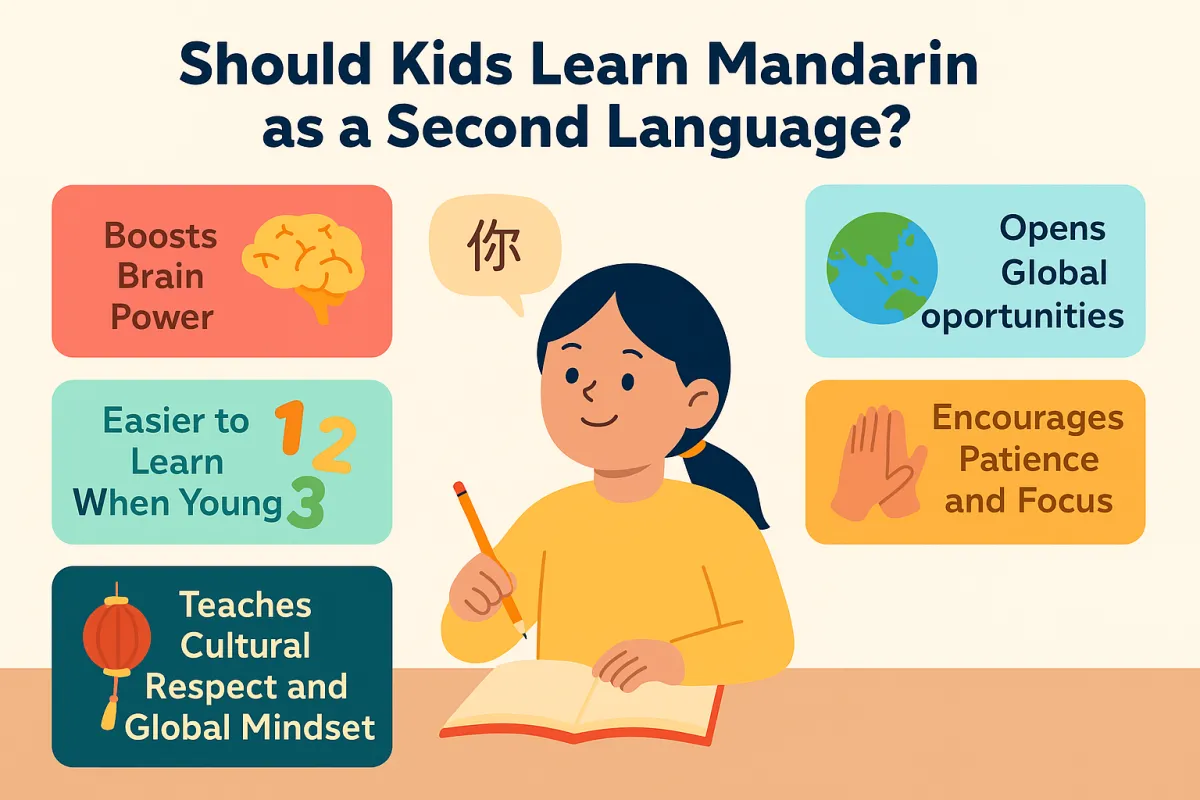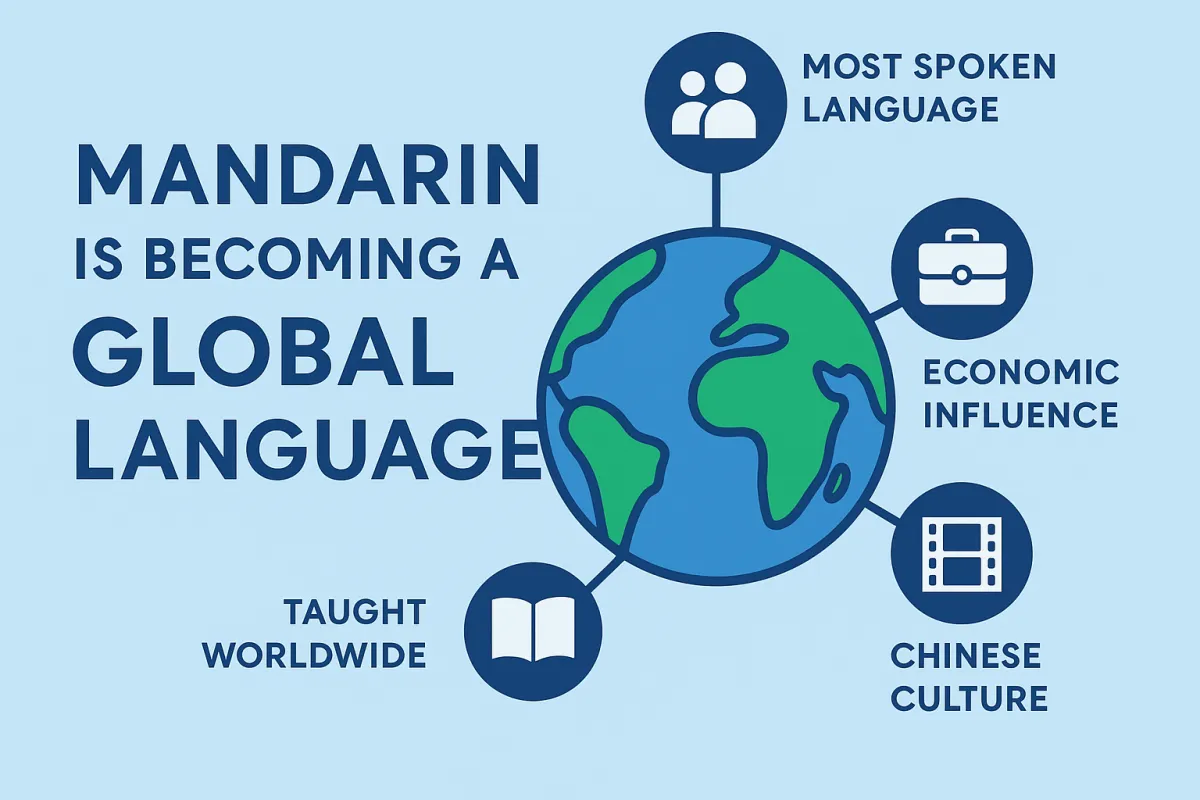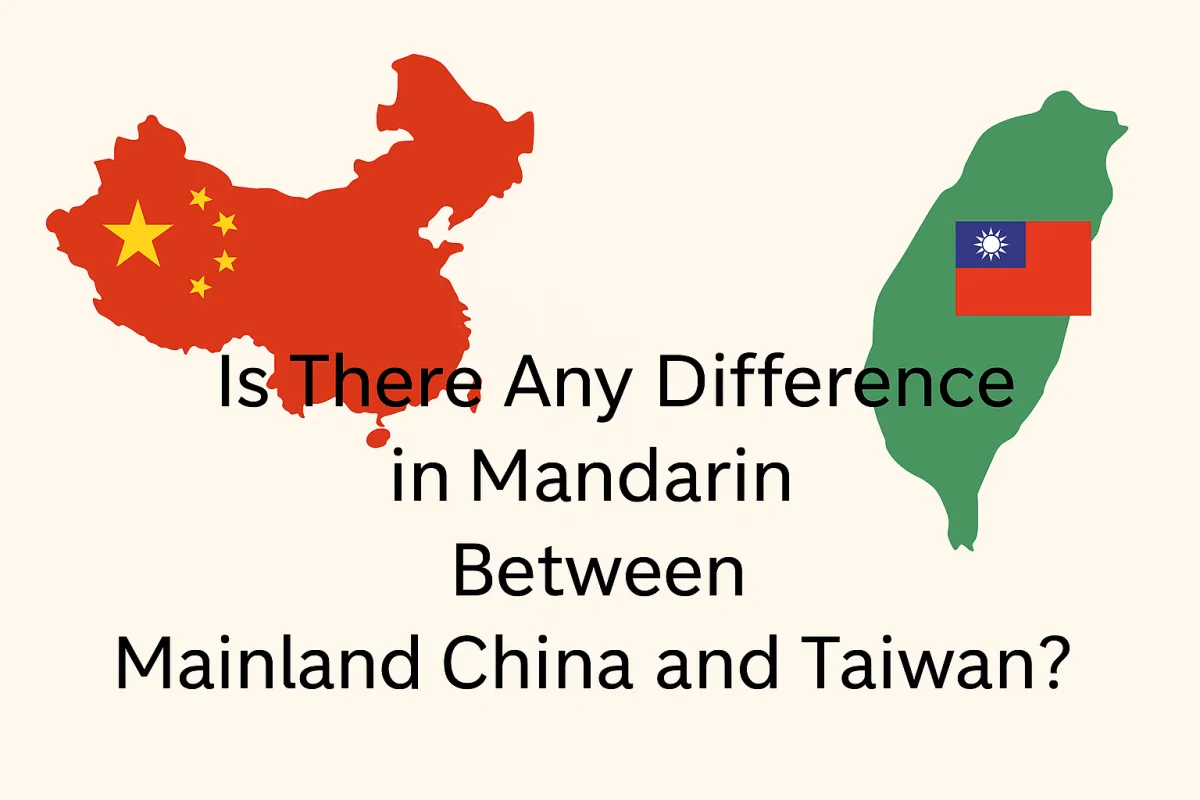Best insights for Mandarin & Chinese culture
What Is Zhuyin?
When learning Chinese, most people are introduced to Pinyin, the Romanization system used to represent Mandarin pronunciation. But in Taiwan, many students grow up using a different system called Zhuyin, also known as Bopomofo (ㄅㄆㄇㄈ).
Should Kids Learn Mandarin as a Second Language?
As parents think about their children’s future, the question often comes up: “Which second language should my child learn?” And increasingly, Mandarin Chinese tops the list. But is Mandarin a good choice for young learners? The answer is: absolutely—if introduced the right way.
Why Mandarin Is Becoming a Global Language?
As the world becomes more connected, certain languages gain prominence—not just because of how many people speak them, but because of their economic, cultural, and diplomatic influence. Mandarin Chinese is quickly becoming one of those languages.
Is There Any Difference in Mandarin Between Mainland China and Taiwan?
If you’re learning Mandarin, you may have noticed that there are references to Mainland Chinese Mandarin and Taiwanese Mandarin. While both use the same foundational language, there are key differences in pronunciation, vocabulary, writing system, and even tone. So, is Mandarin in China and Taiwan the same? The answer is: mostly yes—but with noticeable differences.




